Experiencing sore nipples while breastfeeding is a common challenge many new mothers face. From improper latching to chafing and adapting to this new skill, various factors can contribute to nipple pain during breastfeeding. In this guide, we'll explore effective tips and products to soothe sore nipples and make breastfeeding a more comfortable experience for both mum and baby.
Breast Milk Magic:

Breast milk is nature's remedy for sore nipples. Its healing properties can provide relief when applied directly to the nipples. Additionally, expressing a little breast milk before a feed can soften the areola and lubricate the nipple, aiding in a smoother breastfeeding experience.
Importance of a Good Latch:

Ensuring your baby is in a comfortable position with a proper latch is crucial for minimising nipple soreness. Poor attachment and poor positioning can exacerbate discomfort and lead to nipple trauma. A good latch, characterised by the baby's mouth covering both the nipple and a significant portion of the areola, promotes efficient milk transfer and reduces friction on the nipples during feeding. Seeking guidance from a lactation consultant can further enhance your breastfeeding experience by providing personalised support in achieving optimal latch and positioning. They can offer invaluable advice on techniques to improve latch, troubleshoot any breastfeeding challenges, and ensure both you and your baby are comfortable and thriving throughout your breastfeeding journey.
Breastfeeding Positions:
Try different feeding positions to see what is most comfortable for you, such as the cradle hold, cross-cradle hold, football hold, and side-lying position. In the cradle hold, the baby's head is supported in the crook of your arm, with their body facing yours. The cross-cradle hold is similar but offers more control over the latch, with the baby's head supported by the opposite hand. The football hold is ideal for mothers recovering from a cesarean section, as it positions the baby at the side of the body, like a football. Lastly, the side-lying position allows both mother and baby to rest comfortably while nursing. Your health care provider or lactation consultant can assist by providing personalised support and addressing any concerns or challenges you may encounter along the way.
Warm Compress:

Applying a warm compress before breast feeding can help soften the areola and stimulate milk flow, easing discomfort. Our BodyICE Woman Breast Pads, designed to be heated in the microwave, offer gentle warmth and a comfortable fit inside your bra, enhancing relaxation during feeds. The Breast Pads have also been cleverly designed to conform around a breast pump.
Nipple Creams:

Using nipple creams containing lanolin after each feed can help soothe and moisturise damaged nipples. These creams are safe for both mum and baby and provide relief from soreness. After feeding, gently pat the nipples dry or allow the breast to air, then apply a small amount of nipple cream to the nipple and areola with a clean finger.
Nipple Shields:
Nipple shields can be invaluable for mothers experiencing soreness during breastfeeding. These thin, silicone covers are placed over the nipple and areola, creating a barrier between the baby's mouth and the mother's skin. This can help alleviate discomfort from nipple damage by reducing direct friction and allowing the nipples to heal. Nipple shields can also assist with latch issues, as they provide a larger surface area for the baby to latch onto, making it easier for them to feed effectively. However, it's essential to use nipple shields under the guidance of a lactation consultant or health care professional to ensure proper fit and usage, as prolonged reliance on nipple shields may affect milk supply and breastfeeding dynamics.
Comfortable Clothing:

Choosing loose-fitting clothing is essential to minimise pressure on the breasts, allowing for better circulation and reducing the risk of discomfort. Avoiding underwire bras is particularly important as they can constrict and compress the breasts, leading to potential issues like blocked milk ducts or mastitis. Instead, opt for supportive yet non-restrictive bras made from breathable fabrics. Additionally, incorporating our reusable nursing pads made from bamboo terry into your wardrobe can enhance comfort and prevent irritation. Their soft texture provides a gentle cushioning effect, reducing friction against the skin and sensitive nipples. By prioritising comfortable clothing choices and utilising supportive accessories like nursing pads, you can create an environment that promotes optimal breast health and overall well-being during breastfeeding.
Saltwater Rinse:
Chafing and mild scabbing are common in early breastfeeding. A saltwater rinse can help prevent infection and promote healing. Simply dissolve half a teaspoon of salt in a cup of warm water, soak nipples for 1-2 minutes after feeding, and rinse with unsalted water.
Tongue Tie Awareness:
If your baby struggles with latching, it could be due to conditions like tongue tie. Seek advice from a medical professional if you suspect this issue to ensure proper breastfeeding support.
Cold Therapy:

Utilise cold therapy with our BodyICE Woman Breast Ice Packs after feeding to reduce breast pain and inflammation. The cool compress can provide instant relief and promote healing for nipple soreness and other painful conditions such as mastitis and engorged breasts.
Seek Support
Do not hesitate to reach out for support. Join a local breastfeeding support group or connect with other new mums who have faced similar challenges. Sometimes, just knowing that you are not alone can make a world of difference. Your healthcare provider can also offer guidance and ensure that there are no underlying issues causing the soreness.

While nipple soreness is a common challenge in breastfeeding, proactive management can significantly improve comfort and breastfeeding success. Incorporating these simple solutions and products into your routine can help alleviate soreness and make breastfeeding a more enjoyable experience for both you and your baby. Remember to seek medical advice if nipple soreness persists despite these measures.

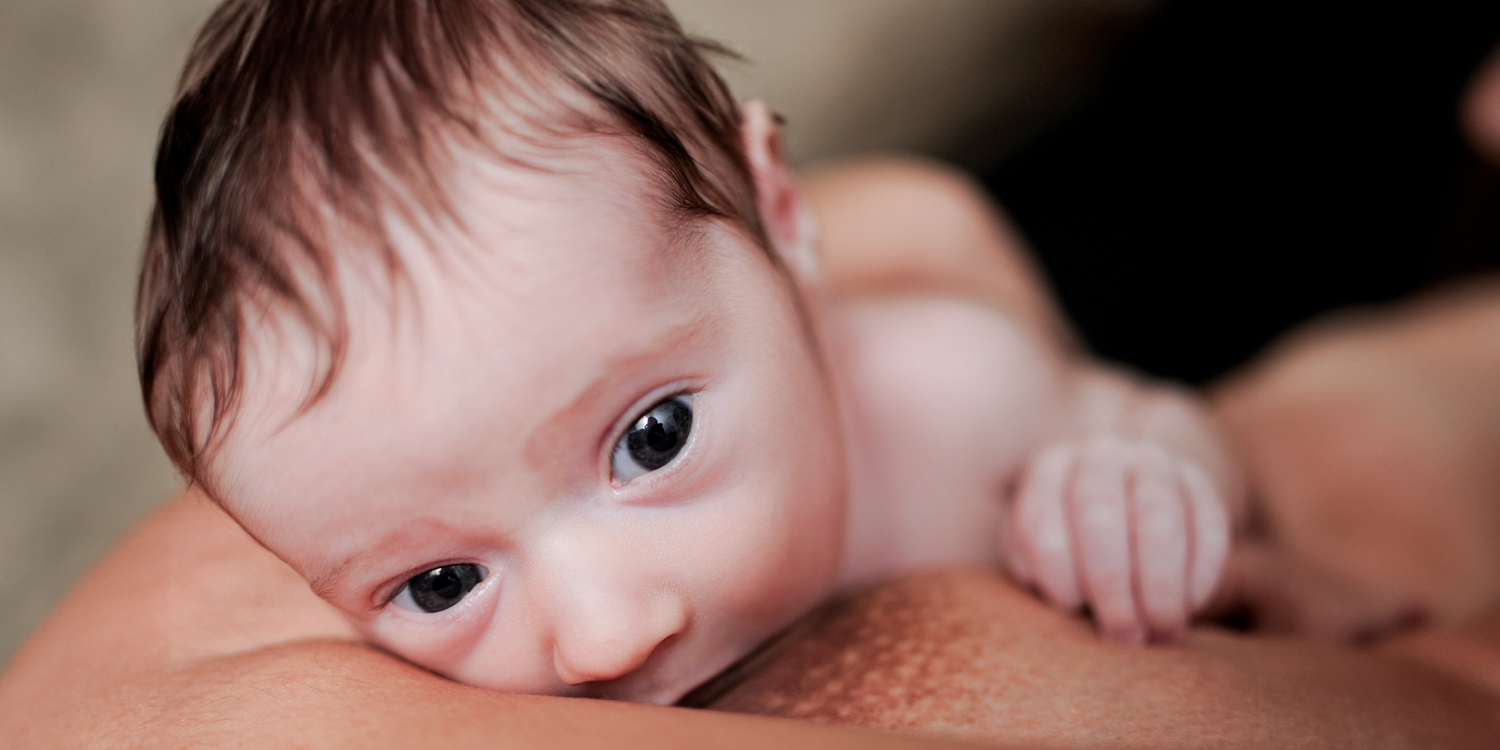

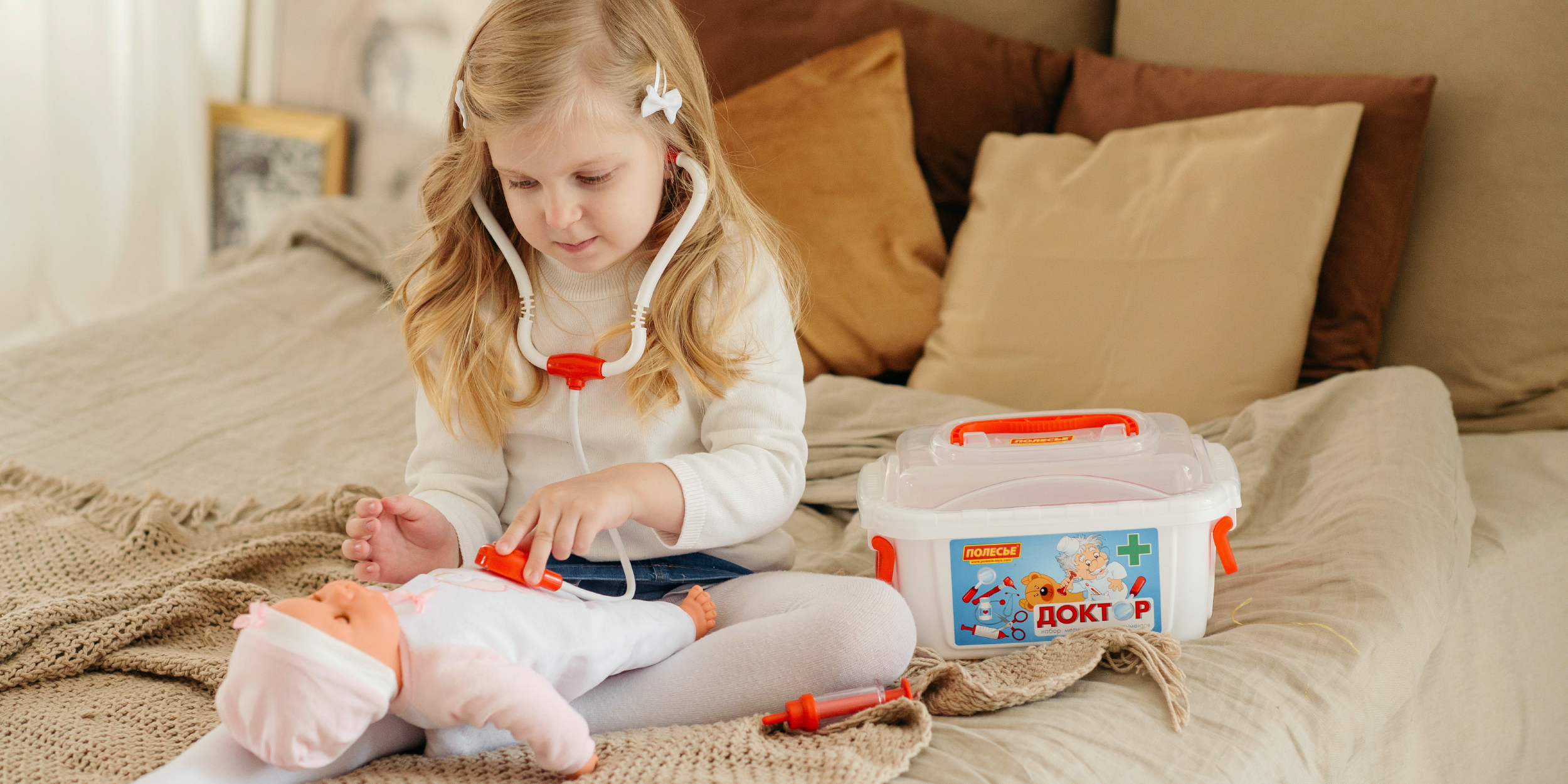
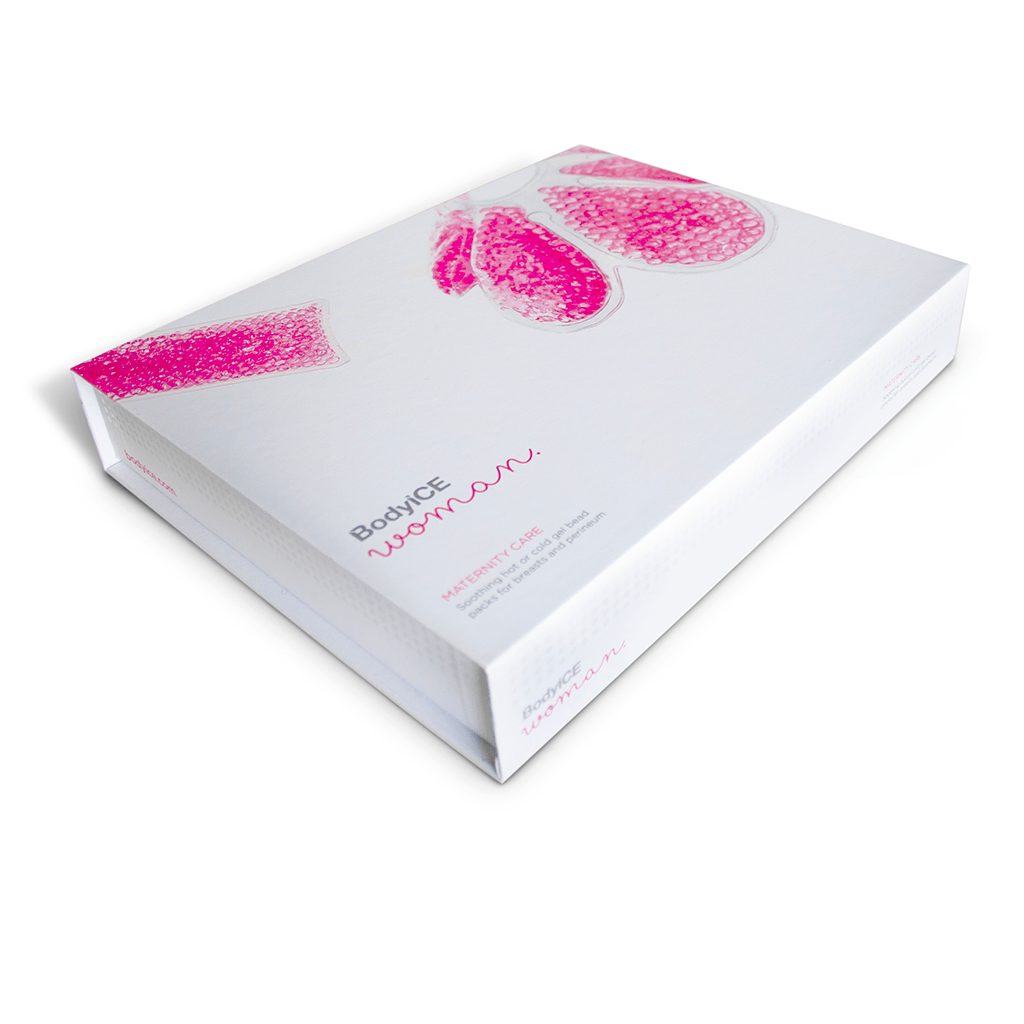

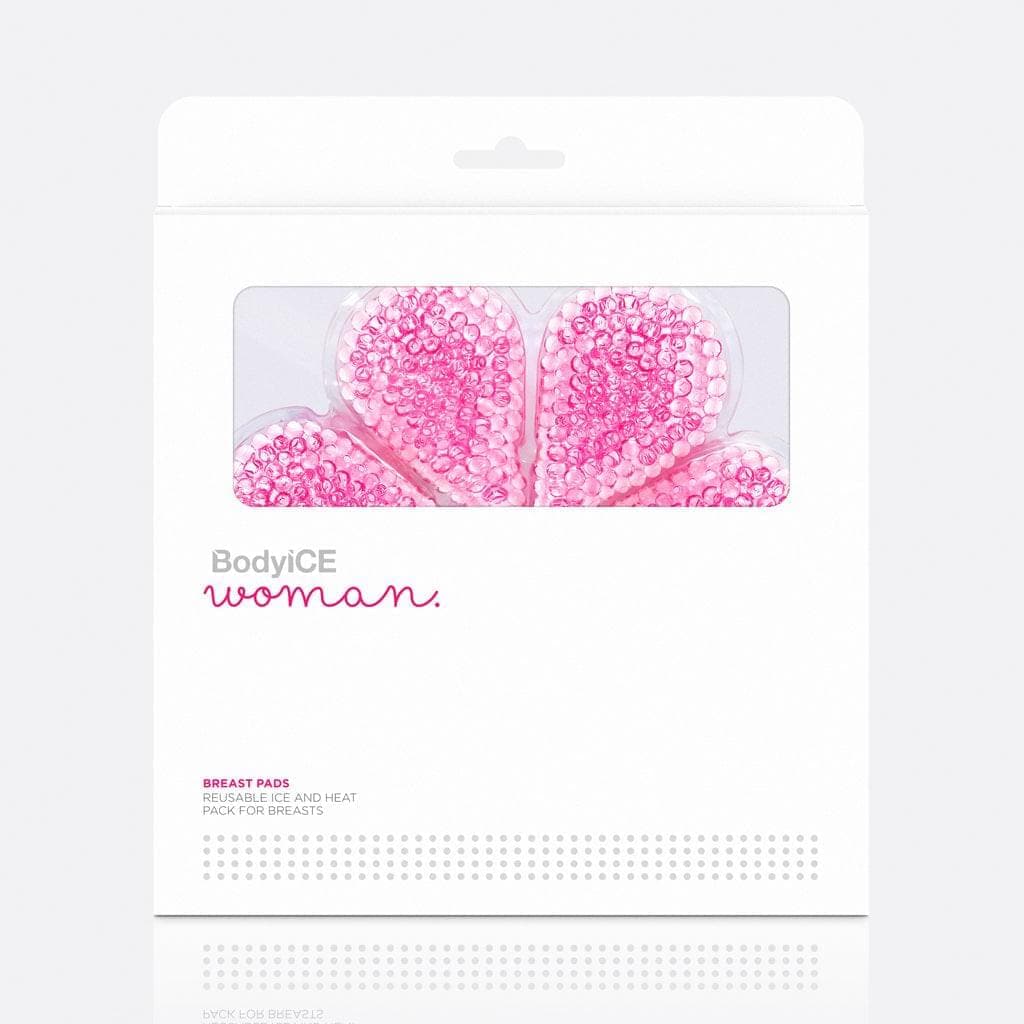
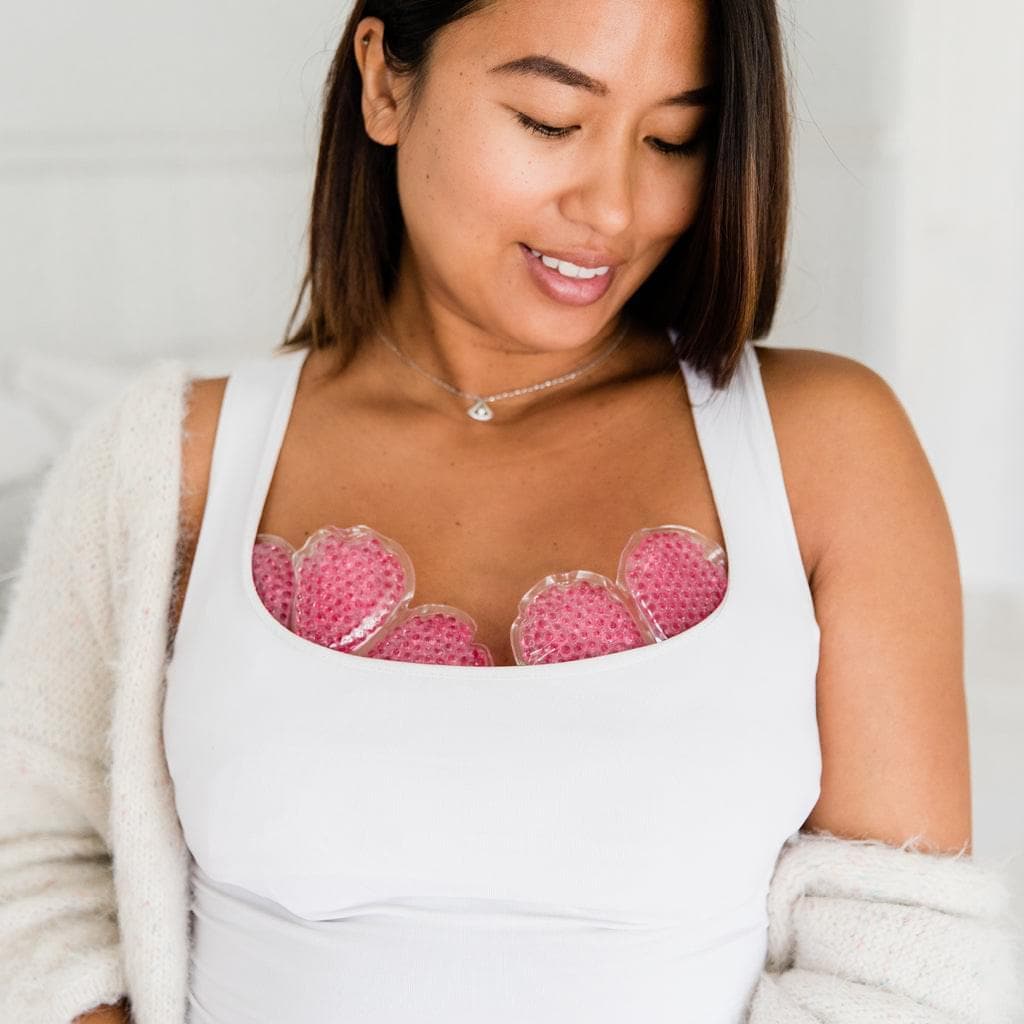
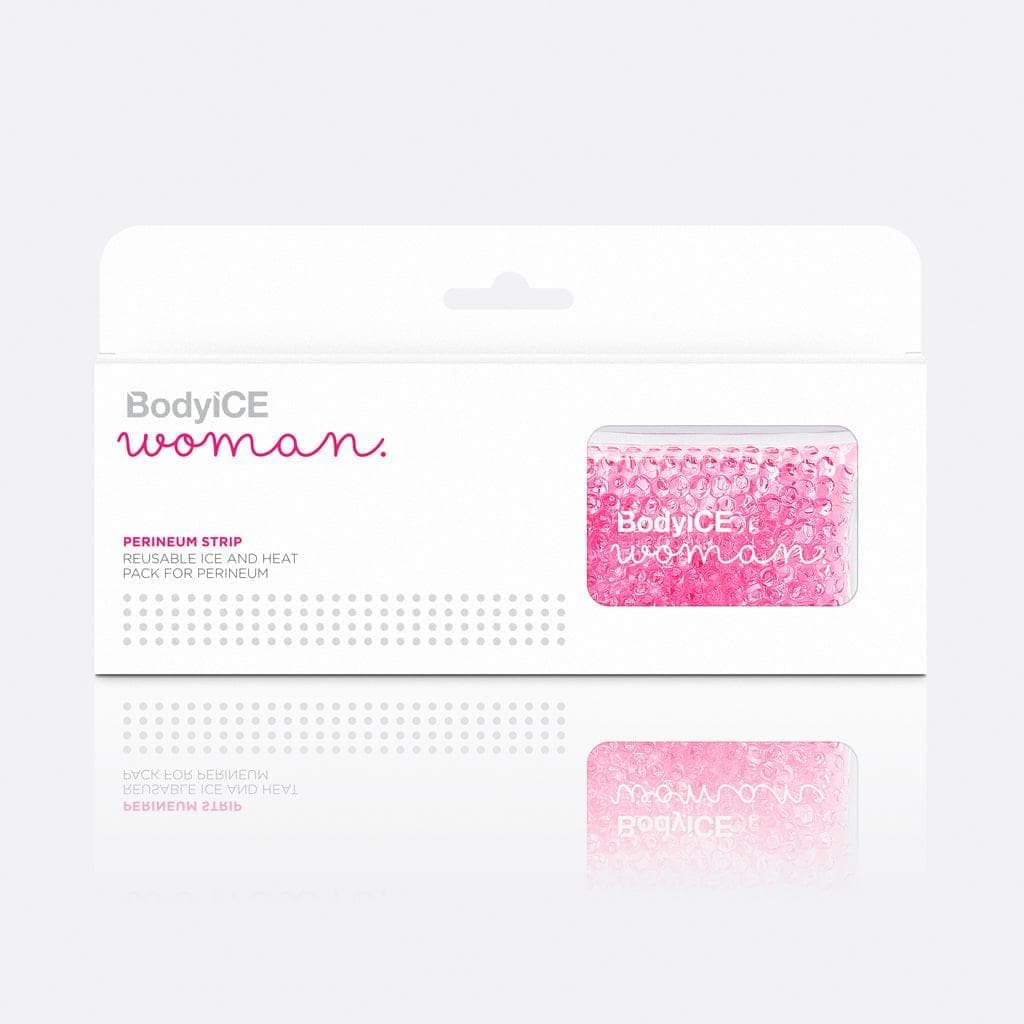
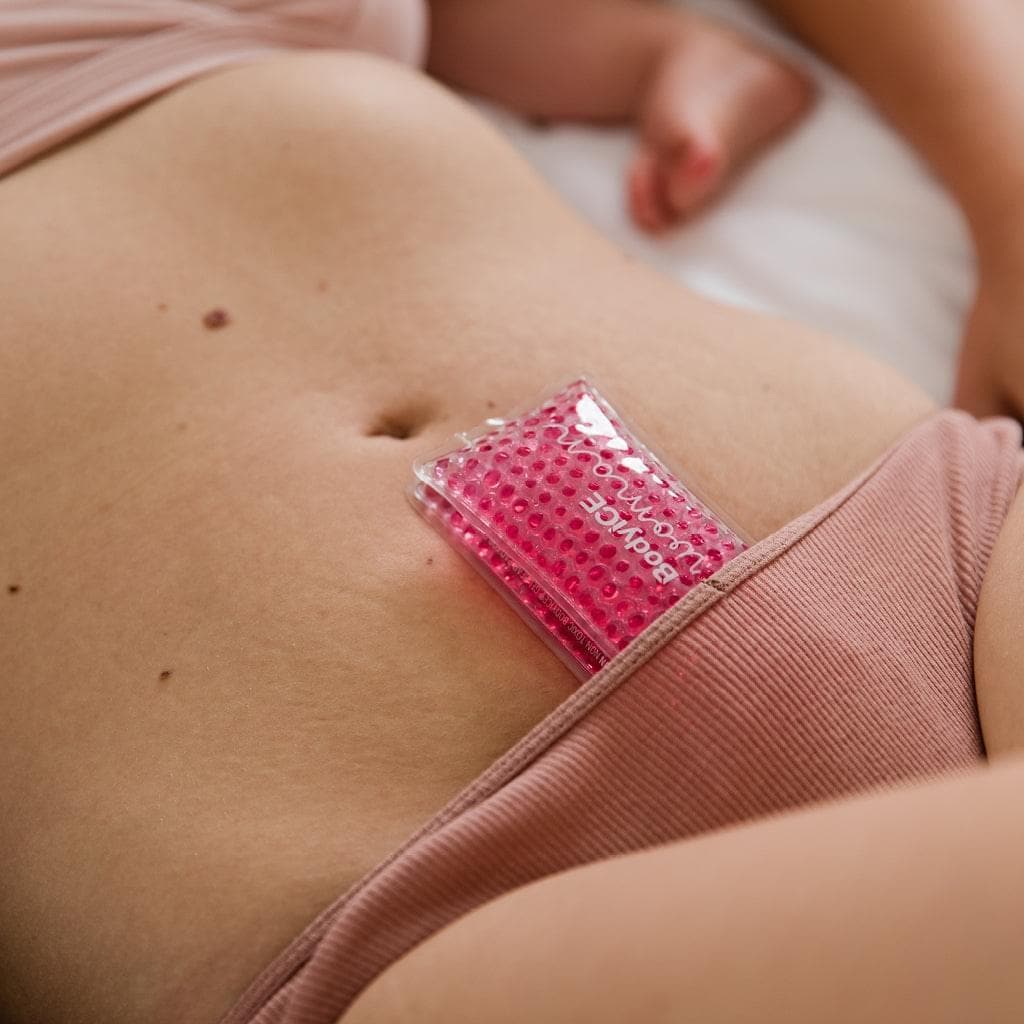
Leave a comment
All comments are moderated before being published.
This site is protected by reCAPTCHA and the Google Privacy Policy and Terms of Service apply.